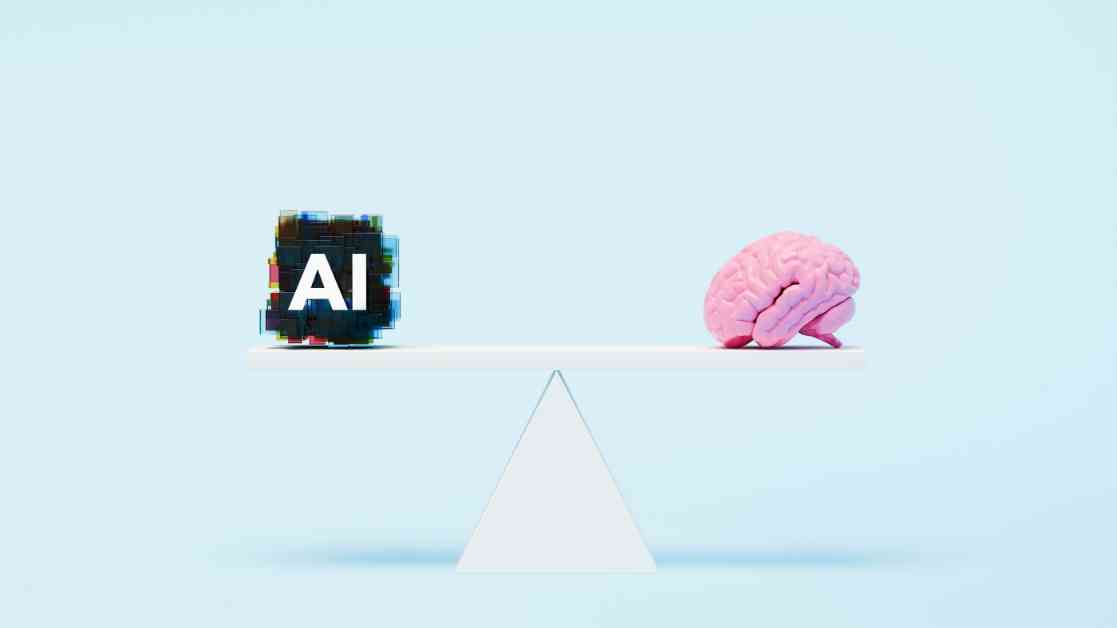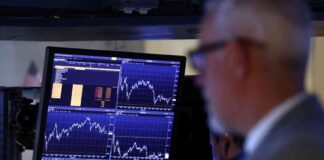The Impact of AI on Economic Inequality: A Deep Dive
This past weekend, the annual meeting of the American Economic Association in San Francisco was abuzz with discussions surrounding artificial intelligence (AI). Top American economists, including Stanford economist Erik Brynjolfsson, emphasized that AI’s influence on economic inequality remains a complex and evolving topic, challenging many long-held assumptions.
The Rise of AI at the Conference
Driving over the Bay Bridge into San Francisco, attendees were greeted by a plethora of billboards showcasing AI products and services, highlighting the pervasive nature of this technology. At the conference, Brynjolfsson, a prominent figure in the economics of technology, found himself in high demand, moderating panels and engaging with attendees keen to grasp the implications of AI on the workforce.
During a personal interview with Brynjolfsson, he noted the significant shift towards AI across all industries and occupations, indicating a transformative period akin to the early days of the internet. As AI continues to embed itself in various sectors, the implications for job displacement and productivity enhancements are becoming more evident.
The Reality of AI’s Impact on Jobs
Despite initial fears of AI-induced job losses, recent studies presented at the conference shed light on a more nuanced reality. While some professions, such as taxi drivers, face imminent threats from autonomous vehicles, others like radiologists and language translators have seen job growth despite AI advancements.
Brynjolfsson emphasized that most jobs encompass a range of tasks, with AI capable of augmenting rather than replacing human labor. The synergy between AI and human workers has led to improved job performance and increased demand for various roles. However, concerns about job satisfaction, skill levels, and wages persist as AI adoption continues to evolve.
The Debate on Income Inequality
A crucial question surrounding AI’s impact centers on income inequality. Early research suggests that lower-skilled workers may benefit more from AI utilization, potentially narrowing income disparities. However, recent studies have shown a contrasting trend, where top performers leverage AI to enhance their productivity, leading to increased inequality within certain professions.
As economists grapple with the intricate dynamics of AI’s influence on inequality, the need for thoughtful design and policy interventions becomes paramount. Brynjolfsson urges businesses and technologists to prioritize human augmentation and broader societal benefits in AI development to foster shared prosperity.
In reflecting on past economic transformations, the parallels between the internet boom of the 1990s and the current AI revolution raise questions about the trajectory of our economy. While uncertainties abound, Brynjolfsson’s conviction in AI’s profound impact underscores the need for proactive measures to navigate the evolving landscape of technological disruption.






















